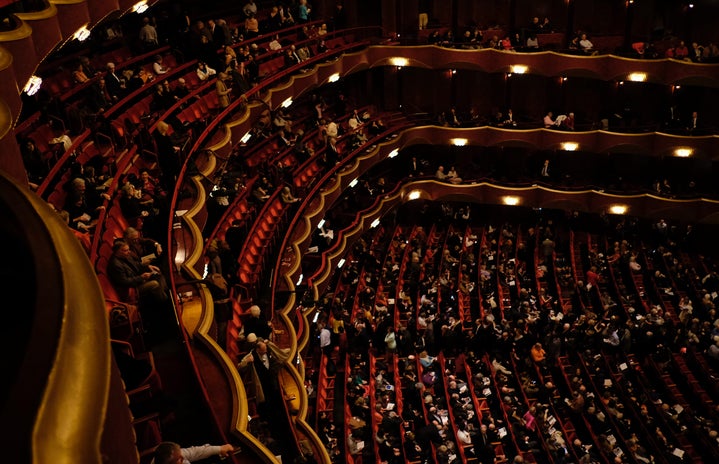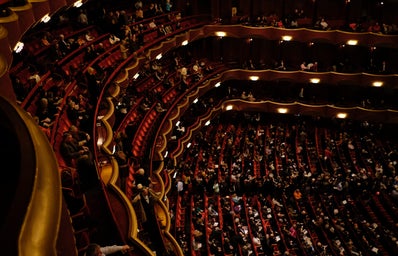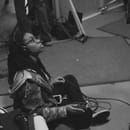This article contains spoilers for the movie The Hate U Give.
The Hate U Give had been on my “To-Read” list since I first came across it on the app Goodreads. After putting it on hold at the library, a few months later I finally got the chance to read it. Like others who read it then and are reading it now, I knew it was a powerful book with an important message. I followed author Angie Thomas on Instagram in anticipation of her next book, and she later announced that the rights to THUG had been acquired and her debut book would become a movie. Ecstatic, I followed along with all of the behind the scenes and set pictures I could find. However, never in my wildest dreams did I think the movie might surpass the book in its magnitude. The entire time my best friend and I sat in the dark theater, my eyes never once left the screen. With each gunshot, peal of laughter, corny joke, and reminder of how being black is nothing to be ashamed of, my eyes watered. The tears didn’t fall, but they didn’t need to.
At the risk of spoiling the movie, I want to draw attention to one of the last scenes of the film which differed greatly from the book. Sekani, the baby brother of the main character, pulls out his father’s gun in retaliation to a shootout that’s seconds away from happening between his dad and King, the book/film’s antagonist. Sekani is a seven-year-old about to commit an act that cannot be revered if completed. To say the least, the scene was quite possibly the most emotionally taxing as well as the most important in my opinion. Rapper Tupac said it best: THUG LIFE stands for “the hate you give little infants f*cks everyone,” and it’s in this crucial scene where that simple message really hits home. Putting herself between the gun and King, Starr explains that they all must break the cycle of violence, and I felt my heart slow down as I wondered the outcome of the on-screen situation. Would someone else die unnecessarily to gun violence?
In America, we still have a race problem. Black people are still oppressed. As a country, we are suffering from this disease of racism, and until we come together and collectively understand and agree that we must do something, things won’t change. Both my parents and my brother have been racially profiled on countless occasions. My mother, for example, has literally been followed from the highway all the way to her driveway by sheriffs or police officers.
My brother and dad especially are always going to be seen as a threat, and this movie was another painful reminder of that. Nevertheless, this movie also did a beautiful job of painting the duality of being black in America and didn’t shy away from either side. In two hours and thirteen minutes, we see:
- A positive representation of a black family.
- A positive representation of healthy sibling relationships.
- Positive representation of black male figures through Starr’s dad and uncle.
- And a demonstration of code-switching, when black people occupy white spaces, as seen by Starr juggling her home in Garden Heights and her school life at Williamson Prep.
The Hate U Give is, simply put, a movie everyone should see and a book that everyone should have the chance to read. It’s another step forward on this slow and painful road, but the journey can’t be forgotten lest we continue to repeat this country’s history.



